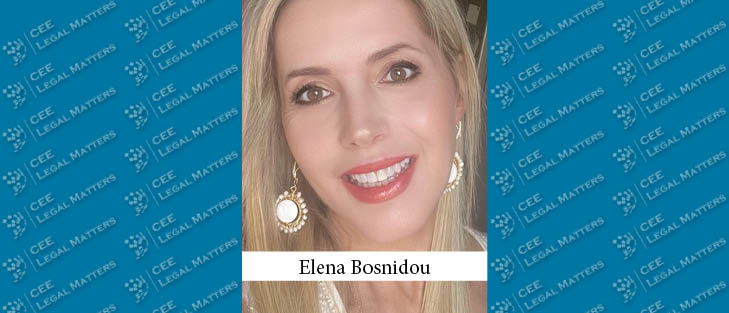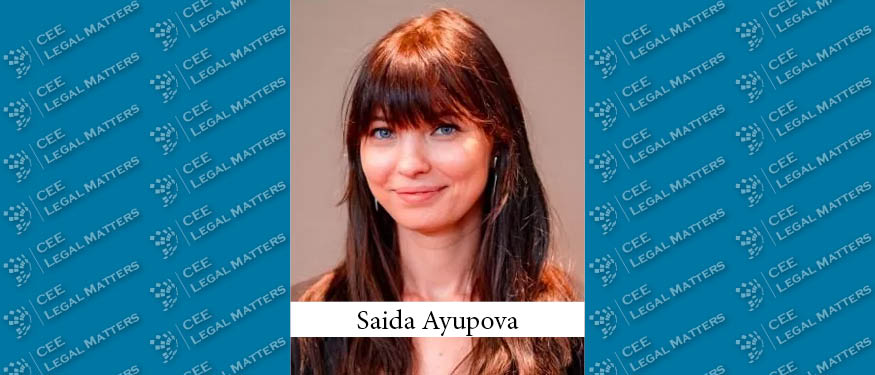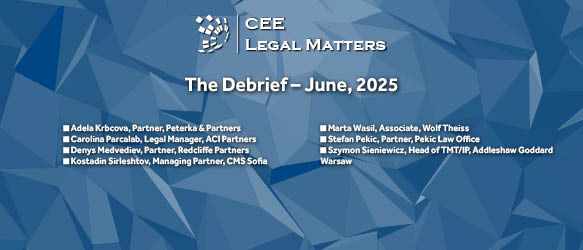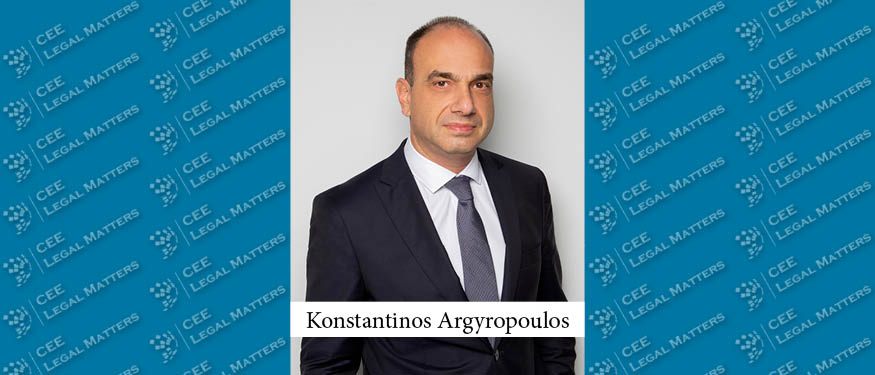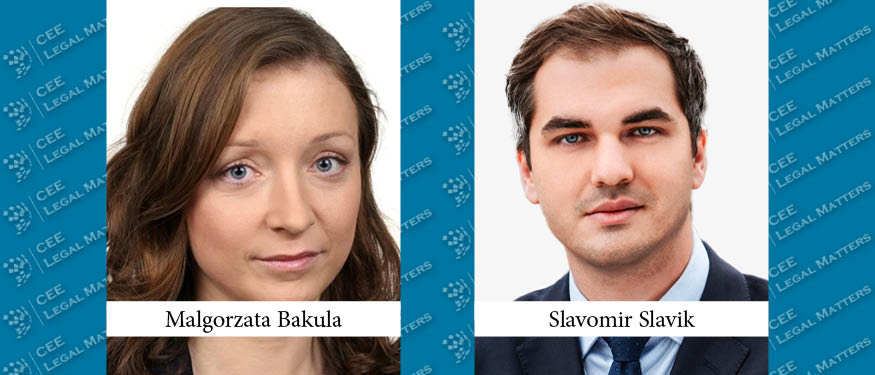INSS Legal Director Elena Bosnidou shares her tips and tricks on selecting and instructing external counsel.
CEELM: What types of legal work do you tend to outsource?
Bosnidou: Typically, we outsource large-scale projects and important litigation. We also consider outsourcing projects where we feel the internal legal department does not have specific expertise. Ultimately, we want to ensure that we have the best possible representation in all matters. Disputes especially, risk having a critical impact on a business if the outcome is not favorable and, many times, they involve a number of specific areas of law.
CEELM: What are some of the recurring types of work that you’d qualify as large-scale projects?
Bosnidou: M&A projects are the main ones – there’s a lot of work involved in each and many different types of legislation come into play. There’s a lot of paperwork and a lot of work that needs to be done by both experienced attorneys and juniors. There are other types of work-intensive projects of course. For example, a company deciding to go public entails a lot of paperwork as well.
CEELM: When you do decide to outsource, what are the most important criteria you look at when picking which firm/lawyer you’ll be working with on a project?
Bosnidou: I’d first stress that the selection of outside counsel is the most important part of outsourcing work. Everything from communicating work guidelines and covering the project management side of a mandate are all subsequent to the selection process and are all directly impacted by the firm pick.
In my view, the selection process should be as transparent as possible and based on objective (to the extent possible) criteria. Especially in small markets such as Greece where we all know each other and personal connections and contacts weigh more, this consideration is particularly important.
Specifically, I’d first look at the reputation of a law firm. I’d consider its reputation in terms of dealing with clients and following professional ethics principles of being a lawyer.
Second, I’d consider their expertise on the subject matter – may it be an M&A project or litigation, etc. Of course, for that, I’d look at their track record in previous similar cases – how successful they’ve been for past clients in similar matters. I might decide to run a reference check with those previous clients to get a feel of the impression the firm left them. I find this important because sometimes, despite the best possible representation, the outcome of a matter might not end up being great but it is important to check if the actual representation was.
Third, it’s important to understand how flexible the firm is in terms of the billing system used and to what extent they are open to alternative billing systems – may it be a capped, collared, or success-based fee system.
Fourth, it’s crucial to focus not only on the firm’s reputation but also on the specific legal team assigned to the project. It’s important to ensure that the team is not composed solely of juniors with minimal supervision, as this could compromise the quality of work. The ideal setup involves a balanced collaboration, where seasoned professionals oversee the work while leveraging the support of junior staff. In cases requiring extensive research, it may be more cost-effective to insource tasks to lower-cost legal staff rather than incurring high firm rates. This approach can help maintain quality and ensure a more productive and constructive partnership, ultimately leading to the best possible outcomes.
Last but not least, the personalities within the team are significant, especially for large-scale projects. It’s important to have a cohesive team where all members are approachable and capable of facilitating effective communication. Having key contacts at the firm who are responsive, easy to reach, accurate, and experienced in similar matters is crucial. Ensuring a good fit in terms of both expertise and interpersonal dynamics is vital for a successful collaboration.
Of course, another key consideration is avoiding any conflicts of interest that could affect the integrity and effectiveness of the legal representation but that’s sort of a given.
CEELM: Quite a bit of thought goes into it…
Bosnidou: Naturally! Ultimately, the selection of outside counsel is a critical decision for in-house counsel, as it directly reflects on their judgment and expertise. This choice is scrutinized not only based on the quality of the work delivered but also on the selection process itself internally – may it be local management or your global General Counsel. When evaluating the outcome of the collaboration with external counsel, feedback will inevitably be provided, even if unsolicited.
At the same time, a positive outcome in terms of both work quality and collaboration with a firm can lead to the establishment of a reliable list of outside counsels that the company can engage in the future. This pre-approved list simplifies future engagements by eliminating the need to restart the selection process or initiate new bids. Building this trusted network of external legal partners not only streamlines operations but also reinforces the internal team’s reputation for making sound and effective decisions.
CEELM: On the flip side, what are the main things you don’t really care about when you receive a proposal from a firm?
Bosnidou: Size is not a critical factor for me. When firms highlight the number of lawyers or offices they have, it doesn’t necessarily indicate the quality of their services. In my experience, a large firm’s extensive resources do not always translate into better service, especially for projects requiring specific expertise. Sometimes, a smaller or boutique law firm can provide the specialized knowledge needed for a project more effectively and at a lower cost, often with more flexible billing options.
Another aspect that doesn’t particularly impress me is a firm’s roster of big clients, especially if they are not in the same business sector as the project at hand. While having prominent clients might serve as an indicator of a firm’s capabilities, it doesn’t necessarily correlate with the specific needs of my project. I focus more on substantive elements that are directly relevant to our specific requirements rather than being swayed by the firm’s client list or overall size.
CEELM: What best practices have you developed over time in instructing a law firm for a new mandate?
Bosnidou: One of the first and most important practices is to clearly define the project scope, duration, and parameters, along with obtaining a cost estimate upfront. This is crucial for establishing a solid basis for billing and setting clear guidelines for the outside counsel. Knowing the anticipated costs helps in securing budget approval, which may require management’s green light depending on the project’s scale. Without such approval, we risk facing negative repercussions if unexpected issues arise.
It’s also essential to clarify the billing structure from the outset, whether it’s capped, collared, or success-based fees. We need to be vigilant about expenses and ensure that all potential costs are anticipated. For larger projects, unforeseen expenses can be particularly problematic, so I insist on being informed and having a say on any changes that could impact the budget.
Confidentiality is another critical aspect, especially with innovative projects. It’s vital to establish clear confidentiality agreements and, in the case of large firms with multiple sections, to implement “Chinese walls” to prevent information leakage. Additionally, setting clear parameters for handling media relations is often necessary and should be explicitly included in the agreement.
Lastly, coordination is key. I prefer to communicate with one or, at most, two to three contacts, especially if the work is divided into different streams. This streamlined communication ensures that information is not lost or misunderstood and prevents the inefficiencies of having to explain the same issues multiple times to different people.
CEELM: What best practices did you develop in terms of coordinating with your external counsel on a mandate?
Bosnidou: Implementing a legal project management solution is one of the best practices we follow, as it significantly saves time and ensures clarity in the project’s execution. This involves setting very clear guidelines, defining the goals, and segmenting the legal work into distinct parts. By identifying which aspects of the work need to be handled by senior lawyers and which can be assigned to junior lawyers, we can manage the project’s budget more effectively. Under this framework, we define the team, allocate tasks accordingly, and agree on the budget. Additionally, leveraging technology is crucial. We use secured shared sites or project management tools to facilitate document sharing, communication, and storage. This setup not only streamlines the flow of communication but also helps in tracking the progress against project timelines, ensuring that no deadlines are missed.
CEELM: Do you internalize input from external counsel in some form of a knowledge bank? If so, how?
Bosnidou: Yes, internalizing input from external counsel is very important, and this is done with the assistance of IT. We use tools to store and save previous work, which is critical for reference and helps avoid duplicating efforts over time. This knowledge bank serves multiple purposes: it acts as a repository for reference, provides templates for future projects, and aids in evaluating the efficiency and effectiveness of the selected legal counsel. It also allows us to generate reports for management, track metrics like time spent, and analyze various elements that impact both the legal department and management decisions. While our current system is developed by our internal IT team and has been very useful, we are actively exploring more advanced external solutions. The goal is to find a tool that enhances efficiency and effectiveness, making it easier to work and justify its adoption to management.

